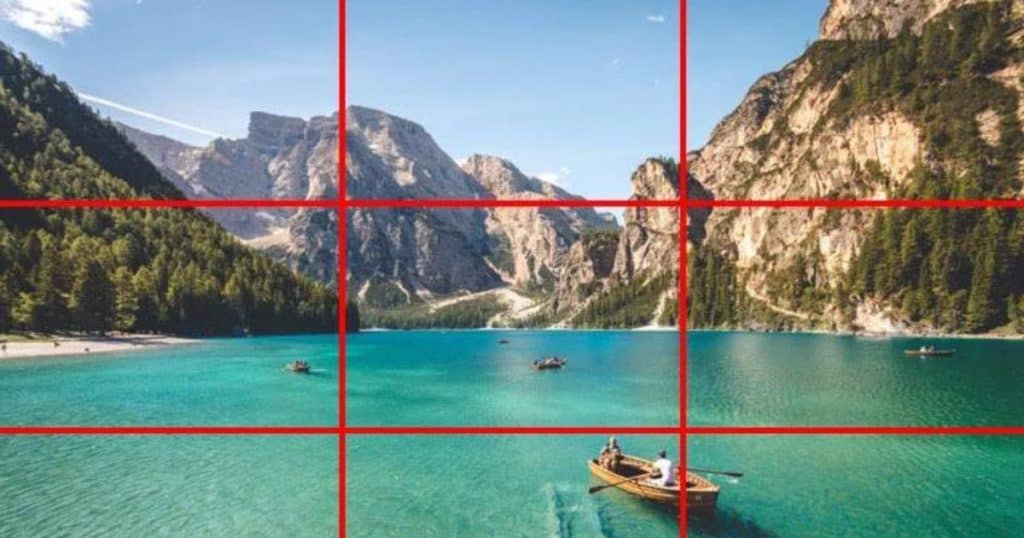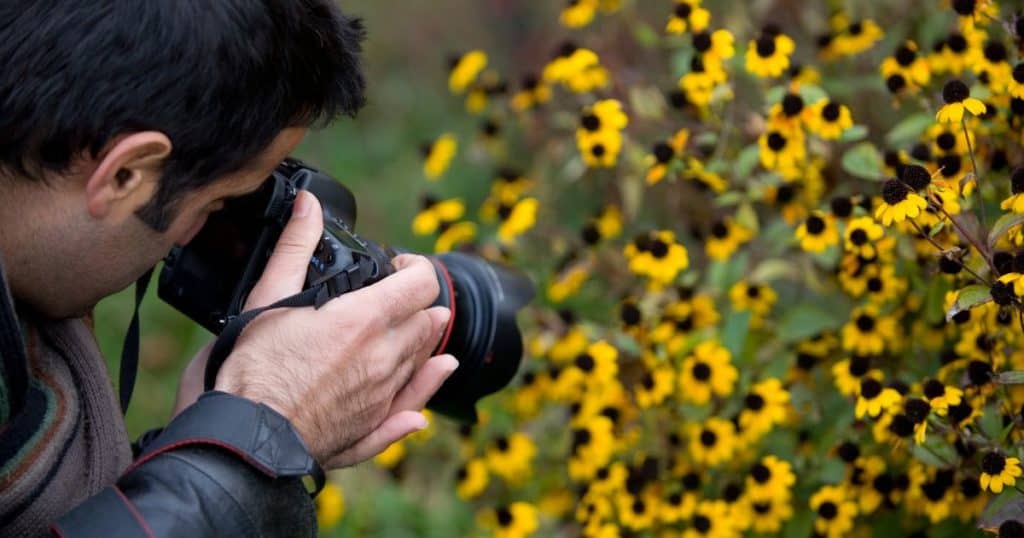Aspiring photographers dream of the day they are spoken about in the same breath as Ansel Adams, one of the greats.
Or perhaps they want to at least shoot a few decent images for their personal album. Whatever the case, we're here to help.
The best way to master photography is to practice, and the best practice is that which incorporates composition techniques.
Among the techniques of composition, rule of odds photography sticks out as a technique that finds use in different areas of mastering photography.
In this post, we'll look at how to use rule of odds photography, as well as other useful techniques any photographer should know.
Composition in Photography

Composition is a term photographers use to describe the process of setting up the elements of a shot.
In other words, the way objects in your frame are arranged, as well as the process of arranging them, is called composition.
Composition helps the photographer to mimic the different ways our eyes view a scene or object.
Depending on what you’re capturing, the composition techniques you use may differ. For this post, we are interested in what we'll call the rule of odds photography.
Rule of Odds Photography
The basic element of the rule of odds photography is that an odd number of objects in an image seems more interesting to viewers than an even number.
It's a very simple principle at its core – the human eye finds images with a certain balance or arrangement more pleasing to look at. And the most pleasing composition is one where objects are grouped in odd numbers i.e. three apples, or five children.
Though it is called the rule of odds, sometimes it is referred to as the rule of three (not to be confused with the rule of thirds) because three is the optimal number of objects or groups of objects that should be in a picture.
Having five or seven groups or objects can take away from the focal point of the image.
However, just because it is called a rule does not mean it is absolute – you can still have an even number of objects in your photo and create a beautiful image.
These rules are more like guidelines on how to get the most out of your pictures.
Even numbers of objects tend to divide the viewer's attention due to the apparent symmetry they produce, which can appear unnatural to our eyes.
On the other hand, one is also an odd number, but having only one object in an image can be perceived as too plain and uninteresting.
Rule of odds photography gets into its own in scenarios with lots of groups of subjects.
There will be times when you'll shoot a large number of people, animals, or objects. Counting each subject as one entity would lead to great confusion. What you can do in such scenarios is divide this large number of subjects into an odd number of groups (preferably three, of course).
Such a grouping leads to a perception of harmony and balance, which is a pleasing composition to look at.
Practicing Rule of Odds Photography

The easiest way to practice rule of odds photography is to pick three relatively small objects, compose the shot in a way that looks good to you, and see how this rule applies to the shot.
Having more than three objects can lead to a lack of focus on what we want to convey. To overcome this, grouping our objects in smaller batches helps convey the same effect.
If the thing you are trying to get a shot of is inanimate, a good way to ensure you adhere to the rule of odds is to sketch the shot beforehand.
A completely white canvas also helps accentuate the shape of smaller objects and offers a clean, spotless surface as a contrast to any color we introduce to it.
This is especially useful for any food bloggers out there that still want to eat their food while it's warm.
Other Compositional Techniques
While talking about the importance of the number three in the use of the rule of odds photography, we mentioned another composition technique called the rule of thirds.
But that's not all – there are many more rules of composition used by photographers around the world such as the rule of space, simplification, and creating movement.
Rule of Thirds
Imagine a grid on your camera frame, with two vertical and two horizontal lines evenly spaced out. It looks like a tic-tac-toe grid, for easy reference.
Placing the subject of your shot on the places where these lines intersect creates a great focal point to which the viewer's eyes are automatically drawn.
By doing this, the image becomes balanced and provides context to the story you're trying to tell with it.
You can even have two subjects and by placing them on the intersection points of your grid, both can get the shine they deserve.
The rule of thirds also allows you to play with colors and shading. By placing the darker part of your shot on the left-hand side, and the brighter one on the right, you create a natural flow to the image.
Rule of Space
The rule of space is essentially the balance between the subject in a photograph and the negative space (space with low activity). This can include the background of the image from time to time.
Negative space can be slightly blurred out, it can be a single color, or it can be a unicolored surface you are using for still photography.
What you can accomplish by using this technique is to give the illusion of movement to your subject, or at least create the context of the movement for viewers.
For example, if we're taking a picture of a car in motion we want to convey the motion to our audience by applying the rule of space, we would add blur to the area in front of the car, alluding to where it might be headed.
Simplification
This rule of composition might be one of the easiest techniques in theory, but one of the hardest to get a grasp of in practice.
Simplification is the reduction of the components of our image to only what is necessary for the shot.
If an image’s frame has things that don't add anything to the picture, present unnecessary context, or clutter the shot, they need to be taken out to give the spotlight to what is of importance.
Simplification and minimalism are two sides of the same coin, however, simplification is just the removal of excess objects while minimalism is the active pursuit of the fewest number of subjects possible.
The hard part about this technique is applying it to our photos. What is excessive? Can I allow myself to remove this subject in favor of that one? Those are things you have to find out on your own through practice.
Creating Movement
Simply put, our eyes like to scan the objects we're viewing, looking for interesting details.
In photography, we want to encourage the eye to move around the frame rather than to be fixated on one single place.
To successfully do this, compositions that don't feel flat or static are necessary.
We need multiple subjects whose arrangement is so that our eyes have to move around the image to take in all the context and understand the whole story.
Summary
It is important to remember that the rules mentioned in this article are not rules in the classical sense. Photography rules are more like guidelines that are there to help photographers compose their shots to achieve a pleasing composition.
Experimenting with different composition techniques is a great way to improve both your skills and your vision.
Rule of odds photography is a great starting point for any aspiring photographer. Its simplicity allows for great variation in subject matter and ensures replicability.
With all this knowledge now under your belt, your composition skills will have no limit to their growth.
